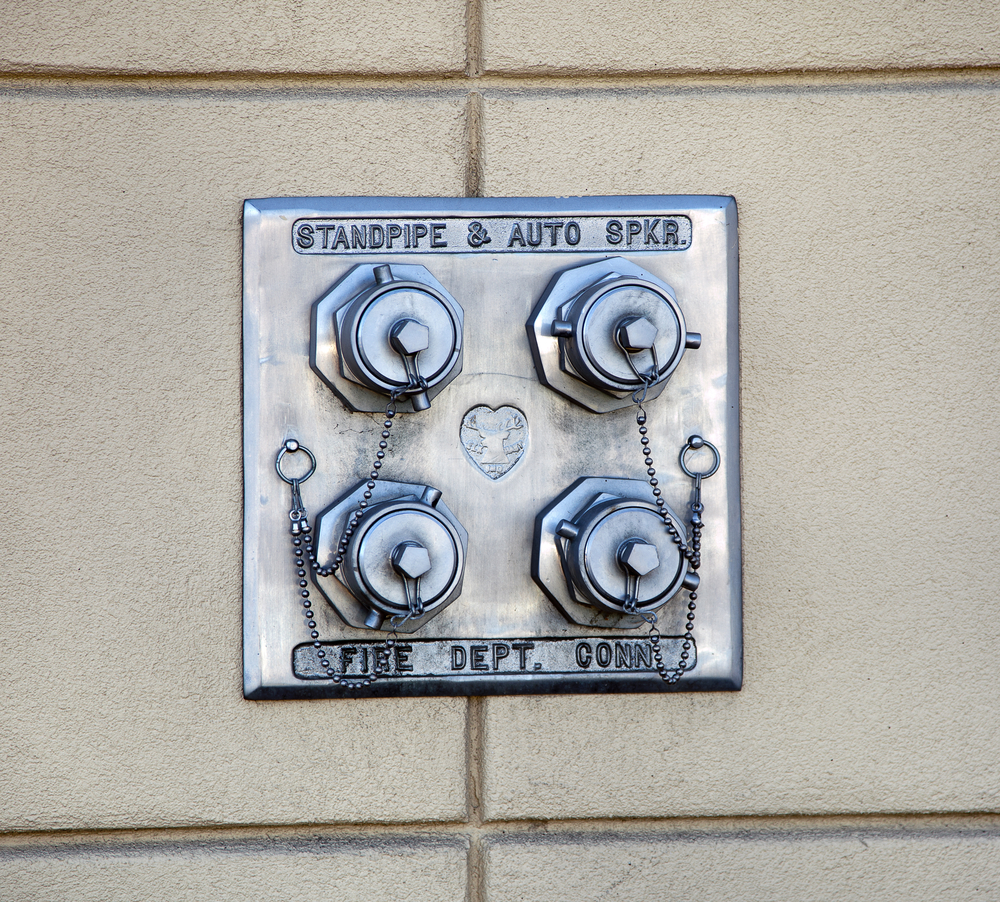How to Fully Protect Your Building
Having the right sprinkler system for your building is as important as installing fire alarms in it.
There are as many types of sprinkler systems as there are variations of buildings. If you choose the wrong sprinkler system, you are not giving you building the full protection it deserves.
What’s In a Fire Sprinkler System?
A sprinkler system for fires consists of a series of heads on the ceiling or walls that are connected to a network of fire-resistant pipes. These heads are installed on the ceiling and walls. Depending on the type of sprinkler system, the pipes are filled with water, pressurized air, or nitrogen gas.
Find out the most suitable fire sprinkler for your building.
Pre-action Sprinkler System
These are filled with pressurized air and water. The air followed by the water passes through once the alarms or detectors go off.
In the event of a fire, a valve opens up to allow the water to come in before the sprinkler heads open.
It means that it takes two steps to initiate sprinkler discharge. This prevents water from spouting in the case of a false alarm or system glitch.
This is the best type of sprinkler system for buildings where a false alarm can cause water damage to some equipment or materials such as buildings that house processing or data centers, storage buildings, libraries, research centers, etc.
Dry Pipe Sprinkler System
Dry pipe sprinklers are similar to pre-action sprinkler systems in that pressurized air has to exit the pipe before water escapes.
This means only pressurized air or nitrogen, and not water is stored in the pipes. There is a short delay as the water flows through the pipes. The remote valve will not allow water to pass the pipe unless there is a presence of heat which causes the sprinklers to activate.
This mechanism helps avoid freezing of the pipes which is ideal for buildings with low temperatures such as warehouses in the colder areas of the country.
Dry-pipe systems are complex sprinkler systems and require more frequent maintenance and servicing.
Wet Pipe Sprinkler System

The wet pipe fire sprinkler system has water in the pipes, resulting in quick reaction time. Once the sprinkler heads detect heat, they begin releasing the water.
They are the most commonly installed in buildings such as high-rise dwellings and office buildings. This sprinkler system is the more affordable, less complex, and low maintenance fire sprinkler system.
This type of sprinkler system is best in warmer areas that don’t experience cold seasons. The cold can freeze the water in the pipes and damage them. This type of sprinkler system is also prone to accidental leaks. Therefore it requires regular maintenance as well.
Antifreeze Loops Sprinkler System
This fire protection water system protects the areas in a building that are prone to freezing with a check valve that isolates the antifreeze loop from the sprinkler system. There are the main drain and a cup for the draining and the refilling of the loop.
These loops, called “antifreeze loops” are filled with liquids such as propylene glycol, ethylene glycol, and glycerin. Plastic pipes, for example, can only store glycerin antifreeze.
Foam Fire Sprinkler Systems
This sprinkler system discharges to water and foam. It is ideal for buildings that contain or store highly hazardous and flammable liquids such as manufacturing plants or aircraft hangars.
The pump distributes a mixture of water and foam through the pipe. The sprinklers spray the foam.
The foam acts as a blanket on the fuel of the fire, which smothers it and suppresses the release of vapors. The water works to cool the fuel.
Deluge Sprinkler System
This type of system works similarly to the pre-action system. This is ideal for use for buildings which handle highly flammable liquids or fuel hazards such as oil extraction and distillation plants, transformers and tank or vessel protection.
This system utilizes no pressurized air and features open nozzles which are connected to a water supply through a “deluge” valve.
Multiple open sprayers spring into action when the fire alarm is activated. It is not heat activated unlike the rest, and the valve should be manually shut off after use.
Determine the Type of Fire Sprinkler System You Need
Each of these fire sprinkler systems has its strengths, and it’s understandably difficult to choose especially if you’re a businessman. This is not your area of expertise and there are professionals who are up to date with the advances in fire sprinkler systems.
A fire protection company will help you determine which sprinkler system from a wide array of systems would be ideal for your building.